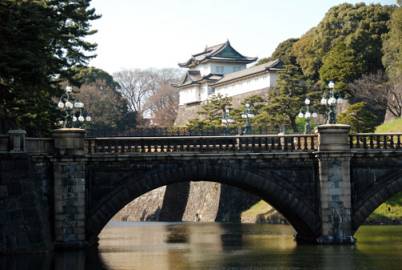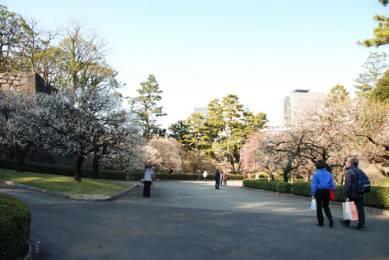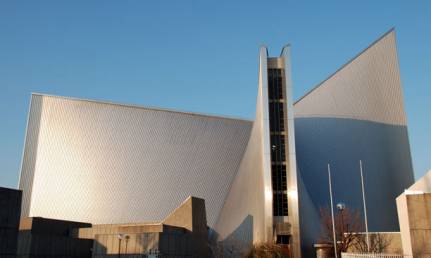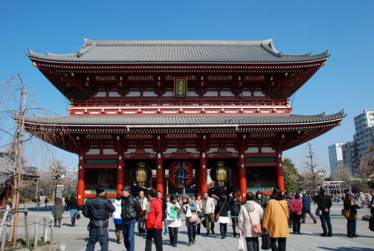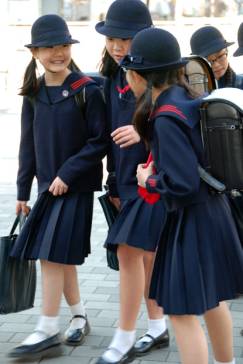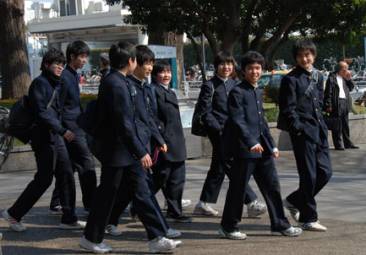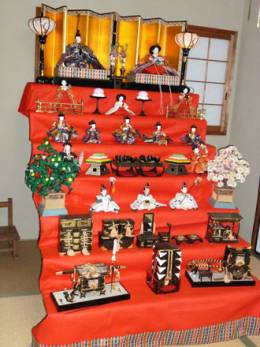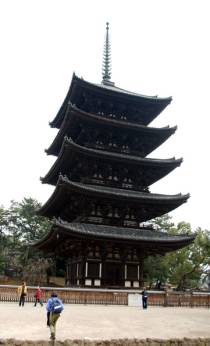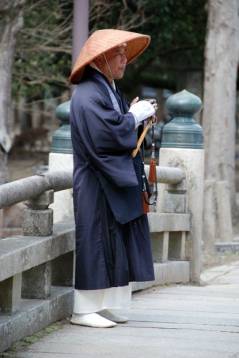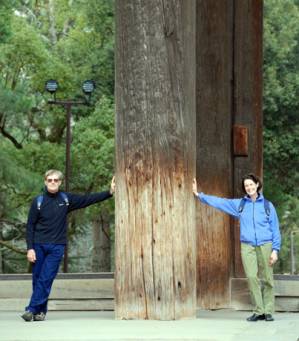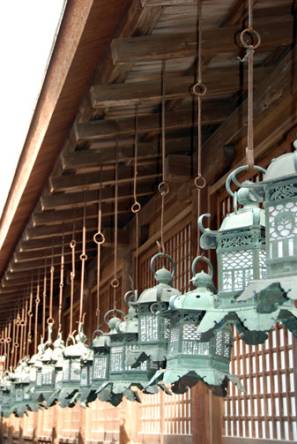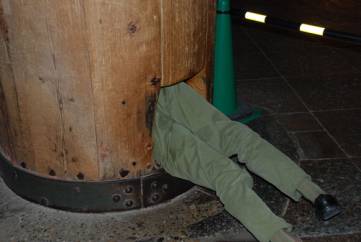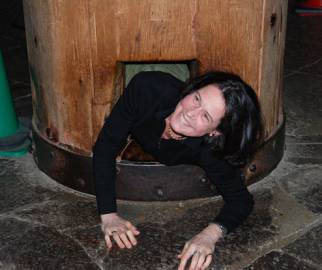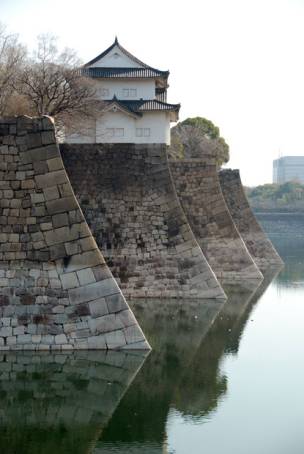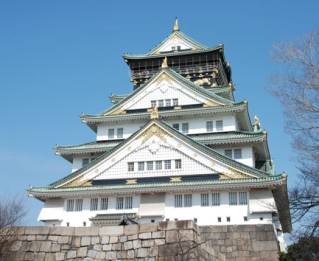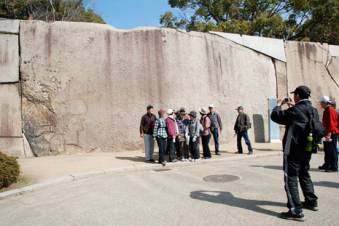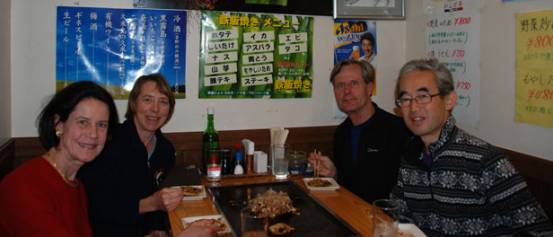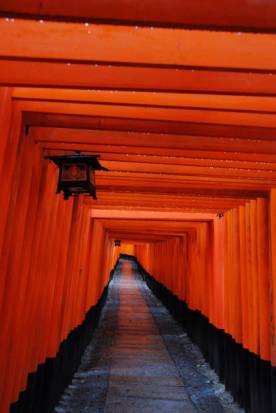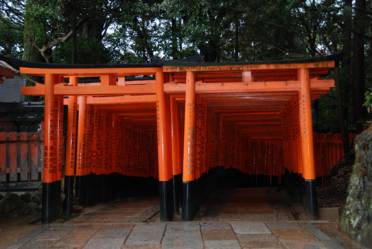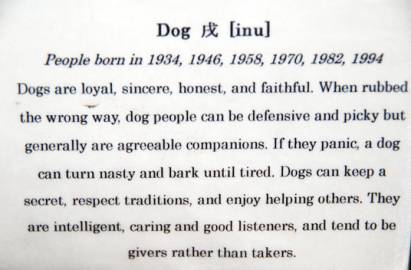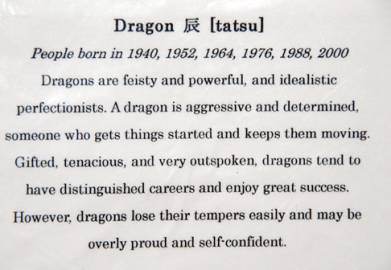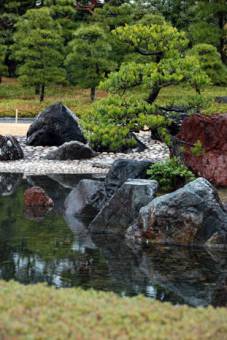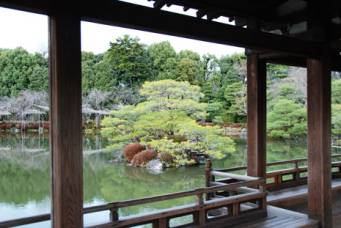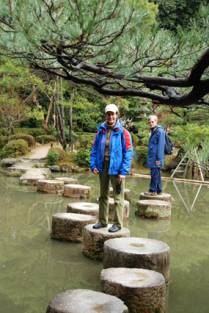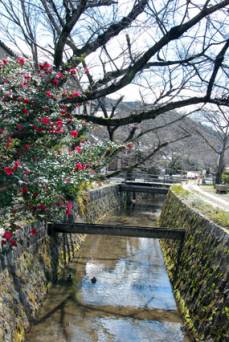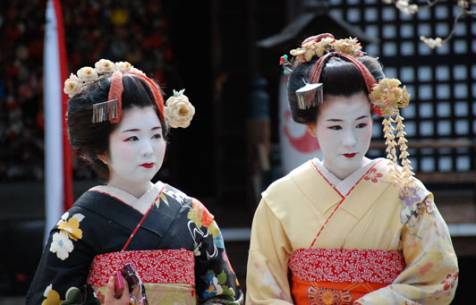Land Cruising in
Japan 2
|
|
|
|
|
|
Just
to prove that the warmth of early February had been an aberration, there was
promptly a cold snap and a couple of good falls of snow, rarely seen in the
Osaka area. Vicky had determined that she would visit Koyasan in the
mountainous centre of the Kinki Peninsula. This is an area especially
venerated by Buddhists as the final resting place of Kobo Daishi, one of the
most important figures in Japanese Buddhism. Though the snow made the trip
something of a challenge, it also made the landscape and buildings even more
beautiful and emphasised the spiritual qualities of the area. On
a more mundane level, Tom spent the day repairing the galley sink drain,
which had threatened to sink the ship the previous evening! |
|
|
|
|
|
|
|
|
|
Though
we knew that it would still be a couple of weeks until our departure from
Tannowa, Inge’s impending visit meant that it was time to say farewell to our
friends at the Tannowa Osaka Bay Yacht Club. Naturally there was a well
attended party. The members had been incredibly kind and hospitable during
our stay, kindness we will always remember. As we cruise through Japan we
will continue to benefit from Kakihara San’s kindness and hard work through
the cruising notes which he has compiled both from his own and other’s
experience. |
|
|
|
|
|
|
|
Our
final local excursion before Inge arrived was a 60 kilometre bike ride with
Nobi San through the countryside to Wakayama City. Though energetic and quite
cold through the last of the snow, the ride was also a cultural experience,
as we took in Wakayama Castle and several shrines. One of the most
interesting was the Dolls’ Shrine, where dolls are collected all year and
then on 3 March they are placed in boats and sent to sea, taking their
original owners problems with them. |
|
|
|
|
On
18 February, Tom’s sister, Inge, flew
in from New York for one of her visits to ‘Sunstone’ in far flung places. The
very next day we headed for Tokyo on the Shinkansen or Bullet Train to visit
Setsuko and her husband Si. Some 40 years ago Setsuko was a PhD student of
Tom’s father Bill Jackson at Columbia University. While studying in New York
she met Si who was on a diplomatic posting with the UN. They wished to marry,
but Si had not been ‘vetted’ by Setsuko’s parents, so Tom’s parents, Bill and
Erika were deputed to confirm that Si was indeed a suitable husband. When we
told Erika that we were due to visit Japan she urged that we contact Setsuko.
We tried in vain for several months until Vicky persuaded Kakihara San to
write in kanji on an envelope that we wished the letter forwarded from the
last address we had. Thus we finally managed to make contact with Setsuko,
who immediately invited us to visit her in Tokyo and at their cabin at
Karuizawa, in the mountains of Nagano Prefecture. |
|
|
|
|
|
|
|
Setsuko
and Si’s cabin is in the outskirts of Karuizawa in the shadow of Asama, a
gently smoking volcano covered in snow during the winter months. We had a
delightful couple of days there while Inge recovered from her flight and an
exhausting month of January caring for Erika in her final days. |
|
|
|
|
On the way back to Tokyo we visited the castle at Matsumoto. Unusually among Japanese castle’s it is original, dating back four centuries and still in its pristine, if warlike state. With the snow-capped mountains in the background its simplicity was particularly attractive. On
the trip from Osaka to Tokyo we had missed seeing Mount Fuji in the poor
visibility of that day, but made up for it on the return trip to Tokyo from
Matsumoto with an evening glimpse of the famous and beautiful peak. |
|
Tokyo could hardly have been a greater contrast to these rural splendours. We walked through the Ginza and other fashionable shopping streets, with eccentric and distinctive architecture. More to our taste were the beautiful gardens around the Imperial Palace where the plum blossoms were just beginning to bloom. Setsuko
also showed us the park where her grandfather’s house had been before it was
commandeered by the occupation forces after the war and then confiscated by
the government. Nearby was the starkly attractive Roman Catholic Cathedral,
whose shining exterior was belied by the gloom of its interior and the quiet
of which was in marked contrast to the bustling crowds around the Asakusa
Senso-ji shrine in central Tokyo. |
|
|
|
|
|
|
|
|
It
was wonderful to get to know Setsuko again after so many years. It was also a
blessing for us to be able to travel in Japan with two fluent
English-speakers who were able to tell us so much about the country. Si had
been a very senior civil servant, responsible for many of the major
infrastructure projects developed by Japan in the post-war years and so he
was particularly knowledgeable and informative. On top of this they were the
kindest and most patient of hosts. |
|
|
|
|
Though
most of the state schools in Japan have no uniform or relatively informal
ones, the private schools have very rigid and traditional uniforms, so that
it is quite common to see teenage boys walking around in what look like
Prussian uniforms of the 19th century or little girls in sailor
frocks and pleated skirts. |
|
|
On
our return to Tannowa, Kondo and Hiroko San once again invited us to one of
Hiroko’s wonderful dinners, at which Inge got to sample some of the variety
of her excellent Japanese cooking. It was during the time around the annual
Dolls’ Day and so Hiroko had set up the traditional stage for the various
social levels of the dolls up to and including the Emperor and Empress. |
|
|
|
Having
reconnoitred Nara and Kyoto with Ichikawa and Junko San, we were able to give
Inge a pretty good tour of both cities with a few new sights thrown in for
good measure. Naturally during our visit to Todai-ji, Inge had
to prove her degree of enlightenment and came up smiling – no surprises
there! |
|
|
|
|
|
|
|
One of the members
of Tannowa Yacht Club, Ochi San, kindly offered to take us on a tour of Osaka
castle. Though the castle itself is a reconstruction, it contains a museum
with many original artefacts as well as models and accounts of its original development
and the part it played in the establishment of the Tokugawa Shogunate, which
dominated Japan for so long. These enormous castles are remarkable pieces of
engineering and were huge projects involving the labour of thousands for many
years. Some of the stones were colossal and had been transported for great
distances from quarries on the islands in Seto Naikai, the Inland Sea. |
|
|
|
|
|
|
To round off our visit we had lunch at a wonderful
one-table ‘okonomiyaki’ restaurant with its central hotplate. This Japanese
dish, vaguely resembling a pizza/omlette/filled pancake, has many versions in
different parts of the country, all of course claiming to be best. We
particularly liked the Osaka version. |
|
|
|
|
|
Though
we had rain and cloud for the last few days of Inge’s time with us, much of
this was spent in gardens, which seemed almost more attractive under
shadowless cloud than they might have been in bright sun. We particularly liked
the Zen garden at Daisen-in, a sub-temple of Daitoku-ji. It was small but
beautifully laid out in a quiet monastic setting, with a helpful guide book
in English which explained the significance of each feature. Sadly Vicky
could take no photos, but the jolly Abbot did autograph her book of photos of
the garden. In addition we finally confirmed just which were our Chinese/Japanese
year animals – Tom, the dog and Vicky, the dragon, very appropriate! |
|
|
|
|
|
|
|
|
|
|
|
On
3 March Inge flew back to New York city and we spent a day in final
preparations for our departure from Tannowa to begin our proper sea-borne
cruise of Japan. |
Next |






















